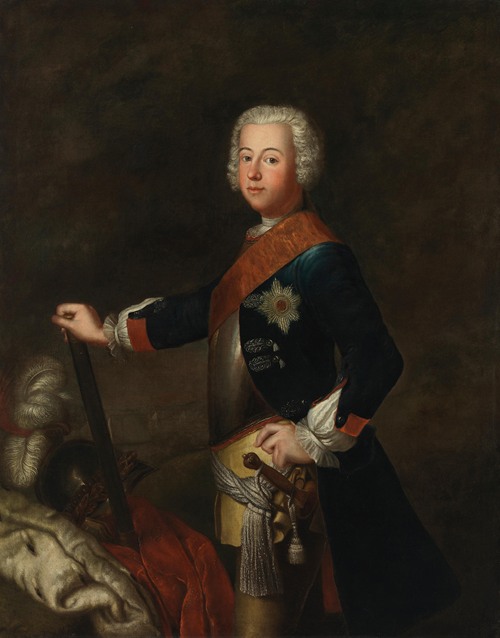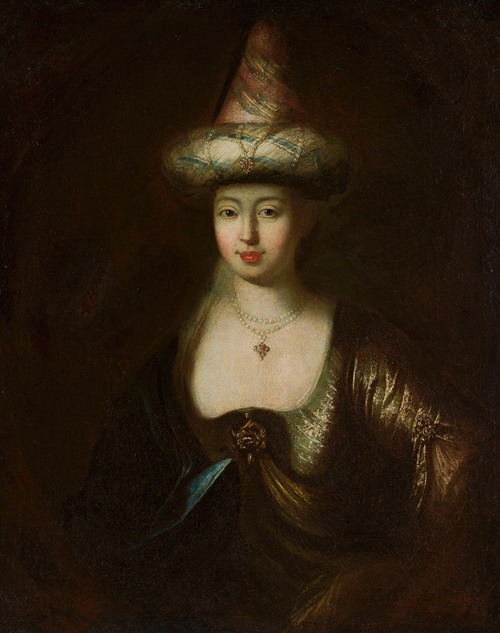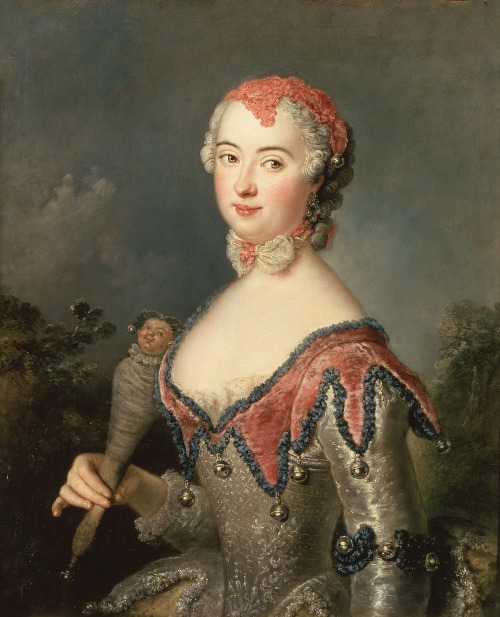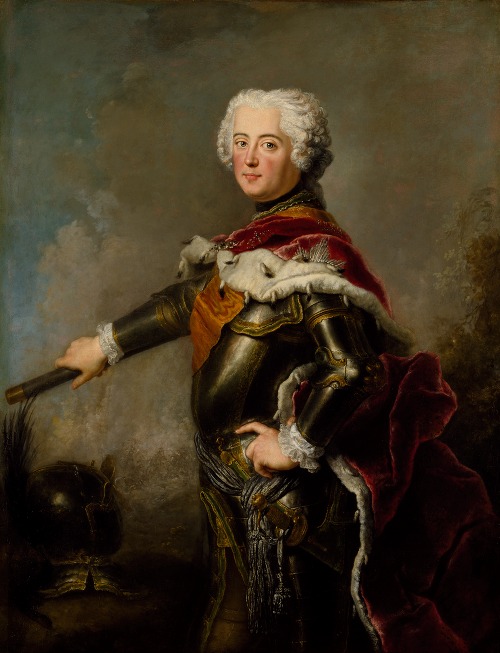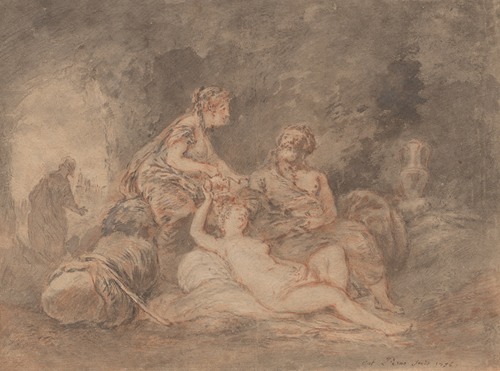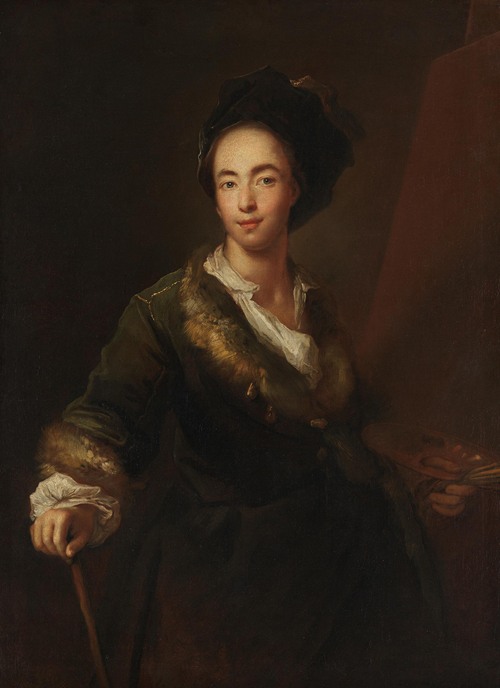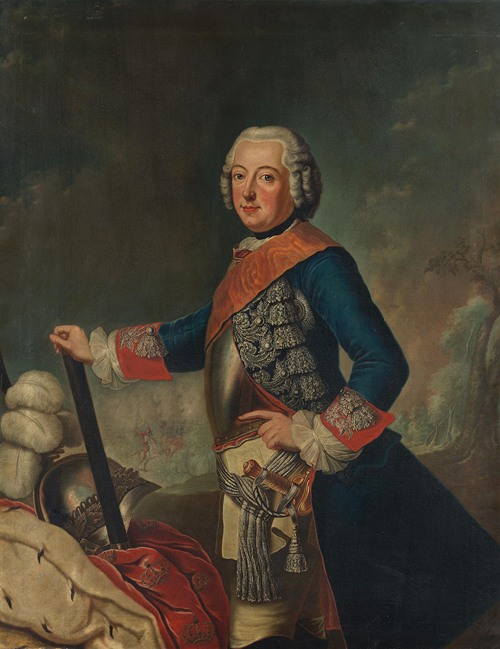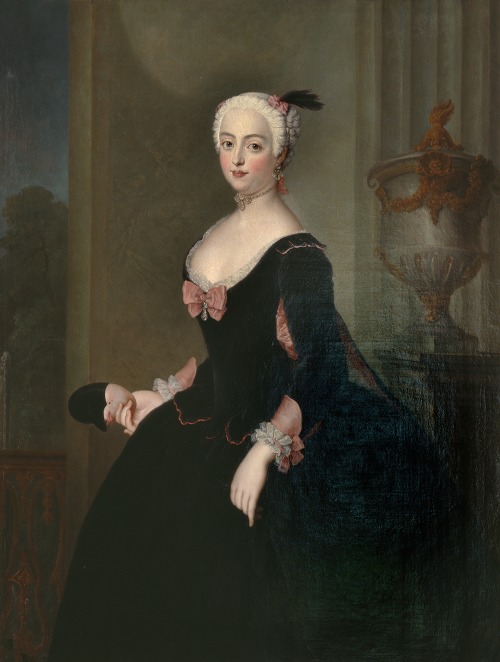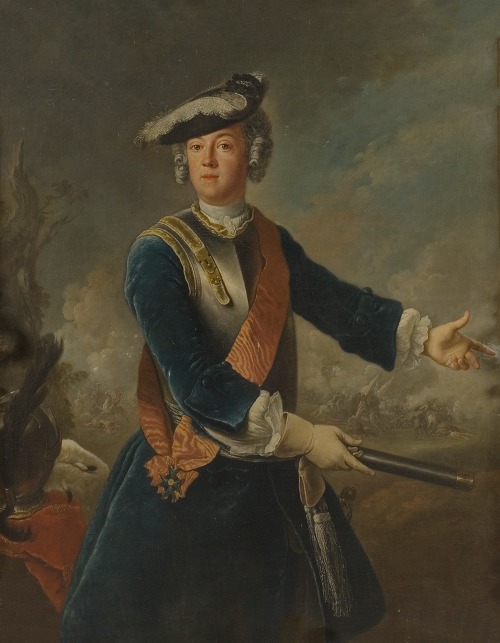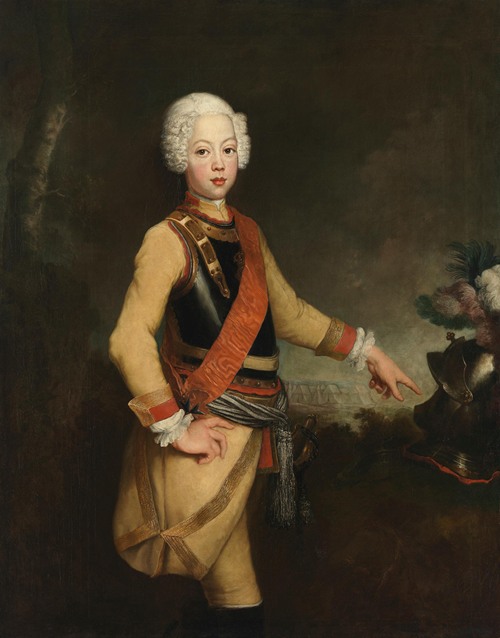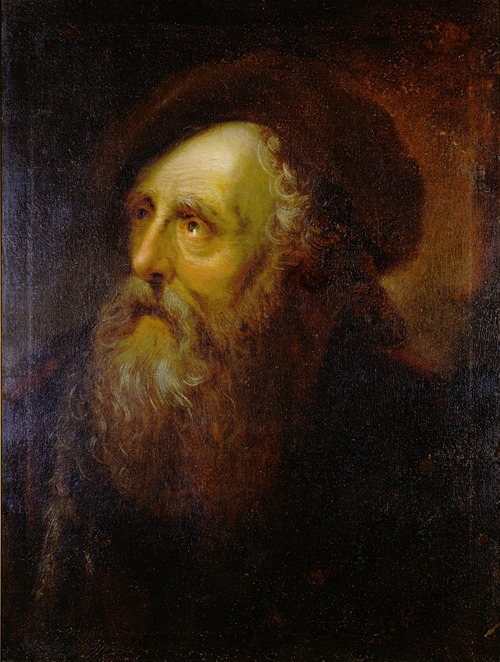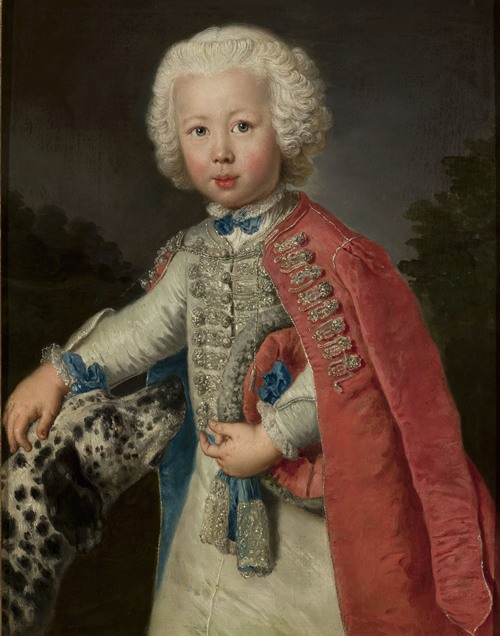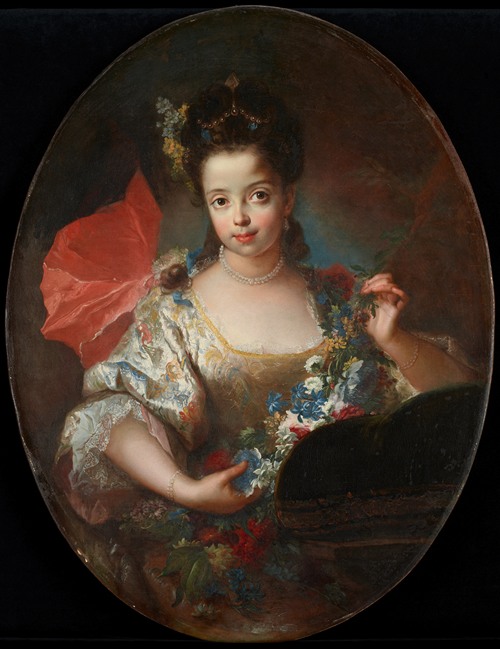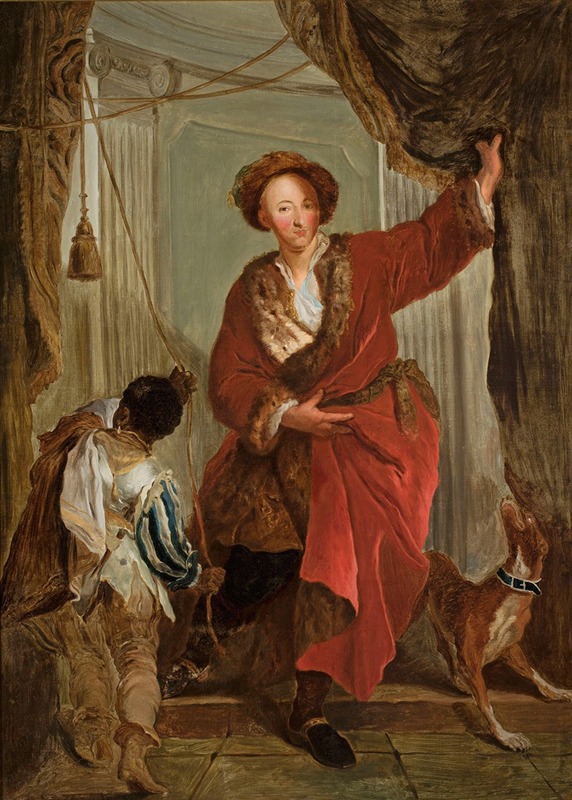
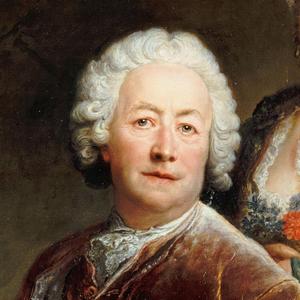
Antoine Pesne was a French-born court painter of Prussia. Starting in the manner of baroque, he became one of the fathers of rococo in painting. His work represents a link between the French school and the Frederican rococo style.
Born in Paris, Pesne first studied art under his father and uncle. From 1704 to 1710 he received a stipend for advanced training at the Académie Royale in Italy.
In 1710, Pesne was called to Berlin by King Frederick I of Prussia. The king had seen and liked a painting of a German nobleman Pesne had completed in Venice and wanted Pesne to complete a study of himself. Upon the death of the king in 1713, Pesne worked in the courts of Dresden and Dessau, and later visited London and Paris, where he was made a full member of the Académie Royale in 1720. While there, he painted the a portrait of a well-known collector Pierre-Jean Mariette in 1723. Mariette had extensive international connections with other artists and, importantly, with patrons.
In 1734, Frederick having been reinstated as crown prince in 1731 by his father, Frederick William I, took up residence in Rheinsberg. Frederick William himself had little use for painting and art for its own sake; he was far more interested in soldiers, soldiering, and building the army. He did, however, appoint Pesne as director of the Berlin Academy of the Arts in 1722. At that point, Pesne became famous for his portraits of the Prussian royal family and their households. Among his most famous is his portrait of Frederick William, The Soldier King, (1733). Many of his portraits hang in Berlin museums and in Charlottenburg Palace. These include (among others) his portraits of the first two kings of Prussia, Frederich I and Frederick William I, members of the royal family, and of lady-in-waiting Eleonore von Schlieben.
In St. Agnus Church in Köthen, where J. S. Bach was music director (Kapellmeister), there is a portrait of the donor Gisela Agnes, Princess of Anhalt-Köthen, painted by Pesne in 1713. The ceiling paintings in Charlottenburg, Rheinsberg, and Sanssouci Palaces are at least partially his work.
In 1746 Pesne received from king Frederick II property and construction material to erect a house at Oberwallstraße 3 in Berlin, where he lived until his death in 1757. His grave is preserved in the Protestant Friedhof I der Jerusalems- und Neuen Kirchengemeinde (Cemetery No. I of the congregations of Jerusalem's Church and New Church) in Berlin-Kreuzberg, south of Hallesches Tor.
